Mystery Case Files
Editor’s Note: In the Sherlock Holmes short story “The Adventure of the Engineer’s Thumb,” the famed detective investigates the case of an engineer who exposes a counterfeiting ring.
Spoiler alert: It costs the poor engineer his thumb! Today’s engineers may not wear deerstalker hats, but there is undeniably a Holmesian element to their trade.
In what ways are engineers like detectives?
Consider: Detectives solve problems, i.e., crimes, after they happen. Engineers, by and large, are increasingly called to solve problems before they happen. Before global warming completely upends our way of life. Before we die from heart disease. Before our bank accounts and digital lives are stolen by hackers. Before the 7.5 Richter quake appears. Before we run out of clean drinking water.
Both engineers and detectives typically have a keen eye for details. They may gather physical evidence and query databases. They use a blend of science and imagination to unravel a complex problem. They make and test hypotheses, hopefully arriving at some aha moment!
The engineers featured here are no strangers to innovating in the presence of mystery. And fortunately, as of this printing, all their thumbs are still intact.
The Case of the Lost Memory
How do you improve the ability of people with traumatic brain injury or Alzheimer’s disease to remember new information?
By Omar Lewis
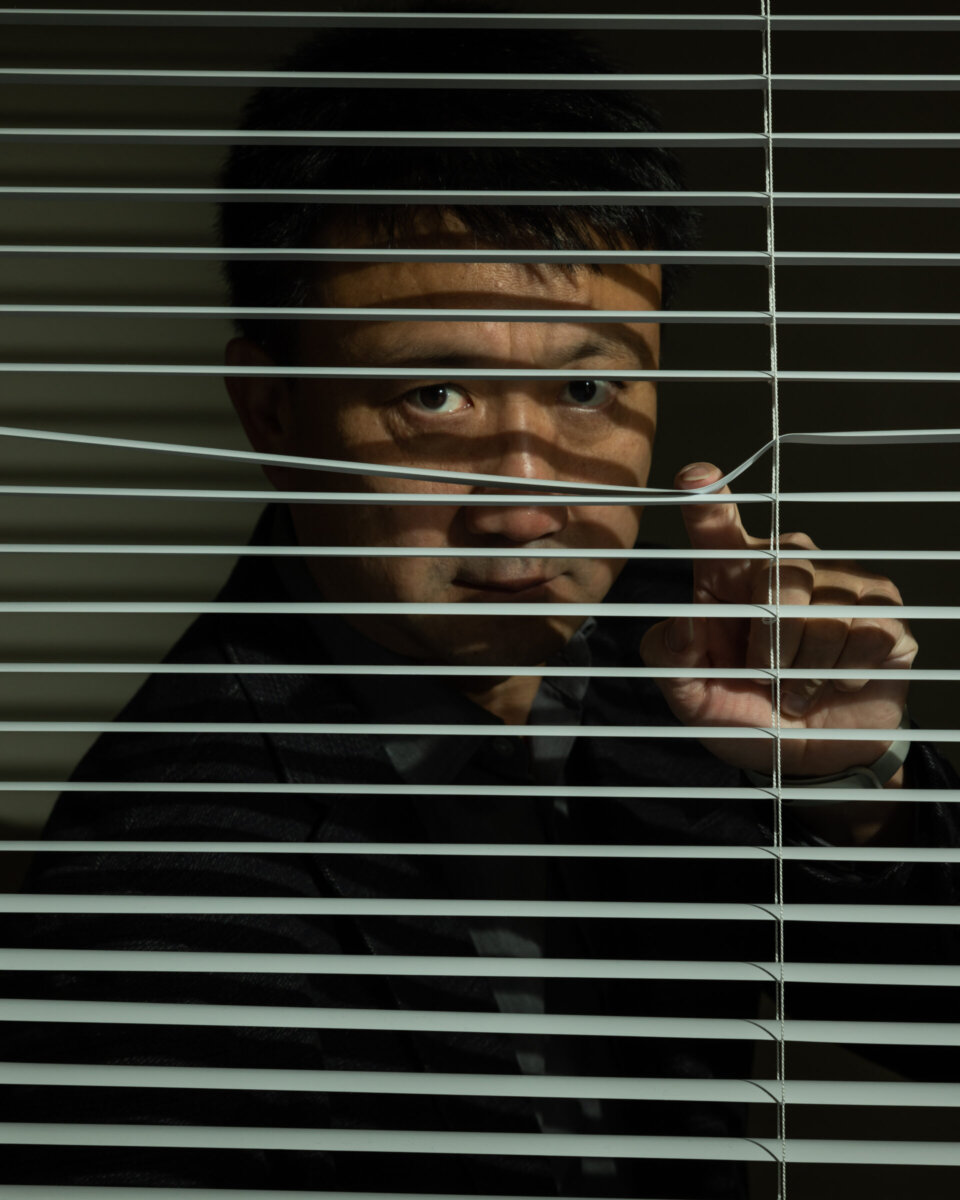
Investigators Dong Song, Research Associate Professor of Biomedical Engineering;
Ted Berger, David Packard Chair in Engineering and Professor of Biomedical Engineering
The Clues
The hippocampus, a seahorse-shaped region deep in the brain, plays a critical role in converting short-term memories to long-term memories. In a healthy hippocampus, electrical activity flows from one subregion to another before spreading to other parts of the brain. Brain electrodes can be used to record electrical activity that occurs during the process of encoding memories. Computational models can then be used to understand how electrical activity encodes memories.
The Hypothesis
Could sending patterns of electrical activity across the brain — in the same way that a healthy hippocampus does — enhance impaired memory?
The Experiment/Results
Using two different versions of memory models and prostheses created by Song and Berger, researchers at Wake Forest University School of Medicine, the Keck School of Medicine of USC and Rancho Los Amigos National Rehabilitation Hospital in Los Angeles tested whether they could improve the memory of 24 people who had electrodes implanted in their brains. Between 2016 and 2021, the volunteers completed 100 to 150 short tasks to test their short-term memory while allowing researchers to gather critical information. Between 15 and 90 minutes after performing the tasks, each person underwent a second test to assess their long-term memory.
Both rounds of memory tests were given to volunteers twice. The first was to record the electrical patterns from the hippocampus, and the second was to stimulate the hippocampus with model-predicted patterns associated with successfully encoded memories. Researchers noted an 11% to 54% improvement on memory tests from the volunteers using the memory prosthesis.
The 24 patients involved in the study were divided into those with and without memory disorders. Researchers found that stimulation to patients with memory disorders was more effective than those who had no brain injury.
Next Steps
The prosthesis still needs improvements before being used clinically. Some of the improvements that Song and his team are working on involve building more sophisticated computational models to interpret large datasets collected from multiple patients. Currently, researchers are using commercially available electrodes to record and stimulate the hippocampus. Song and Ellis Meng, Shelly and Ofer Nemirovsky Chair in Convergent Bioscience and Professor of Biomedical Engineering and Electrical and Computer Engineering, are developing chronic high-density polymer electrodes to build more powerful prostheses that can handle more memories.
The Case of the Locked Brain
How do we treat mental disorders when those disorders present differently in each unique patient’s brain?
By Benjamin Paul

Investigator Maryam Shanechi, Andrew and Erna Viterbi Early Career Chair in Electrical and Computer Engineering
The Clues
Mental disorders are a leading cause of disability worldwide. Emotions as complex as depression or anxiety look different in scans of different brains, as shown in prior brain imaging studies. This led to the clue that broke open the whole case: If two patients with the same mood disorder exhibit different brain scans, then that disorder must be manifesting itself through different electrical activity patterns in the brain.
The Hypothesis
The human brain has more than 80 billion neurons with complex electrical activity patterns. Shanechi believed she could develop novel machine learning algorithms that compress the activity patterns of multiple relevant brain regions into a few state variables that are predictive of mood. She also wanted to develop algorithms that could then describe the effect of deep brain stimulation (DBS) therapy on these patterns. The goal? To track each person’s symptom levels just using their brain’s electrical activity, understand how a dosage of electrical stimulation would affect their symptoms, and allow doctors to precisely tailor the stimulation therapy to their patient’s changing symptoms.
The Experiments
Shanechi didn’t just imagine new algorithms, she built them. Her algorithms can predict someone’s mood symptoms in real-time from their brain activity. They can also predict the effect of stimulation on brain activity. Shanechi’s algorithms can enable a new generation of closed-loop brain machine interfaces to personalize treatments in mood disorders and make them more effective.
Next Steps
Shanechi’s work is already shedding light on one of the greatest mysteries known to man: the human brain. Her models allow us to interpret each patient’s unique and complex brain signals and how they give rise to mental states and moods. She has already developed models that track symptoms from brain activity and that predict the effect of stimulation on brain activity. She is now combining these models to build novel closed-loop brain-machine interfaces that one day will be able to moderate the dosage of stimulation therapy based on the individual’s own needs and tracked symptoms, as well as their unique response to therapy. This should significantly improve the quality of life for tens of millions of patients suffering from treatment-resistant mental disorders.
The Case of the Thirsty City
Dependent on imported water and facing dwindling supplies from an unprecedented drought, L.A. must find new ways to provide fresh water to its growing population. How can the parched megacity achieve water sustainability?
By Rachel B. Levin
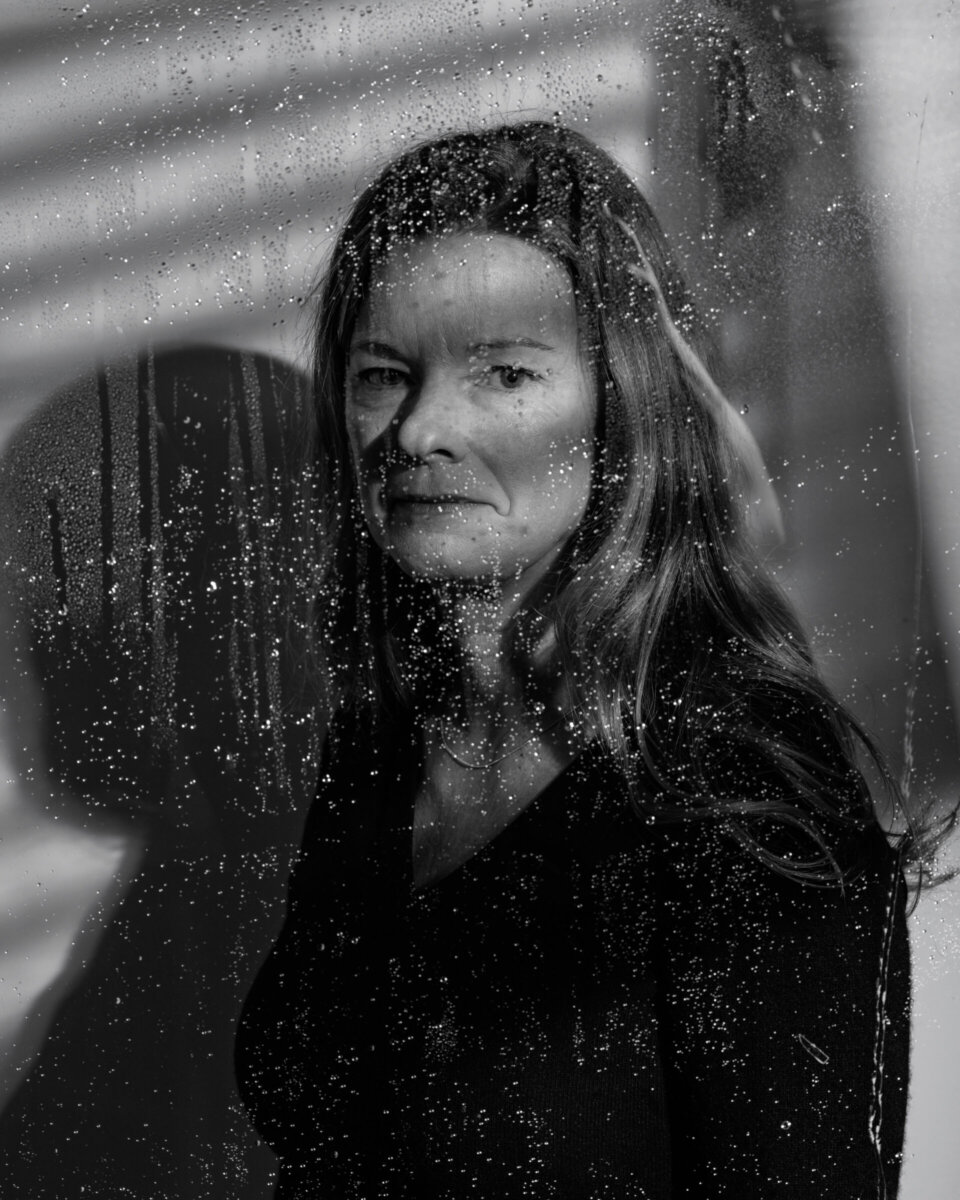
Investigator Amy Childress, Professor of Civil and Environmental Engineering
The Clues
Having enough fresh water to meet L.A.’s needs boils down to two essentials: reducing use and boosting local supplies.
On the conservation side, Angelenos slashed their water consumption nearly 10% in 2022. But it’s not enough to reduce reliance on water from Northern California and the Colorado River.
Stormwater capture projects are also underway. The goal is to capture 98 billion gallons of water per year, which is about half of the 180 billion gallons per year the city currently uses. But it will take 30 to 50 years to build the system.
In 2019, former Mayor Eric Garcetti set the city on a path to recycle 100% of its wastewater by 2035. At the time, L.A.’s wastewater treatment facilities supplied 2% of the city’s water. If the city meets the 2035 goal, that number will increase to 35%.
“A lot of people think that once L.A. meets the mayor’s call for 100% recycling, we would be set,” Childress said. “But the work my lab is doing is saying that may not be enough. We might need to desalinate seawater.”
Problem is, desalination has met with opposition due to the cost of building new facilities, the high energy use required for desalination processes and the potential disruption to sensitive marine ecosystems. Fish, crabs and other sea life can be impinged on intake screens or trapped in the desalination system, and the concentrated brine released back into the ocean can be toxic to marine life.
The Hypothesis
Childress began thinking of ways to introduce seawater desalination into L.A.’s water supply portfolio that would allay fiscal and environmental concerns.
“Maybe we don’t need a separate facility [for seawater desalination],” she thought. “Is there a way we can do it at a water reuse facility?”
Childress knew that when wastewater — which contains small amounts of salt — is recycled, it gets desalinated by reverse osmosis. That’s the same process used to desalinate seawater. She hypothesized that the two types of water could be mixed and desalinated together at the same sites. Doing so would sidestep the need to construct brand-new facilities.
Childress and her team set about investigating “how wastewater reuse and seawater desalination facilities can work together to get the most water with the least energy and the least environmental impact,” she said.
Next Steps
Childress hit upon an interesting idea for adding desalination to the mix of L.A.’s local water sources. “We’re calling it seawater-augmented potable reuse,” she said. When imported supplies are low and wastewater recycling isn’t enough, variable amounts of seawater can be desalinated at reuse facilities to close the gap. Drawing in seawater periodically, rather than continually, will minimize disruption to the ocean.
“We often design our big civil infrastructure, and especially our water systems, to operate in a very constant, steady state,” Childress added. “But if we can build in some flexibility, then we can augment if needed.”
Though Los Angeles County currently has 10 existing water reuse facilities, Childress cautioned that seawater-augmented potable reuse is very futuristic and needs further study before being implemented at any of them.
This spring, the new USC Center for Water Reuse and Resource Recovery is slated to debut with Childress as its director, offering new opportunities for such research in collaboration with a consortium of partners at the University of Arizona and the University of Nevada, Reno, as well as in industry. The center will be funded by a grant, estimated at between $7 million and 10 million, from the Department of Defense’s Engineer Research and Development Center-Construction Engineering Research Laboratory (ERDC-CERL).
At the new center, Childress and her collaborators will continue to research the feasibility of seawater-augmented potable reuse and other novel approaches to sustainably slaking the thirst of Los Angeles and other cities across the drought-stricken Southwest.
The Case of the Aircraft Fire
In 2009, a Beechcraft Bonanza, a small six-seater aircraft, crashed in San Gabriel, California, just four miles away from the San Gabriel Valley Airport. Investigators were initially left with more questions than answers. Why did the pilot attempt to land on railroad tracks instead of the airport only a few miles away? Why was one side of the plane charred while the other side was relatively untouched by flames?
By Omar Lewis
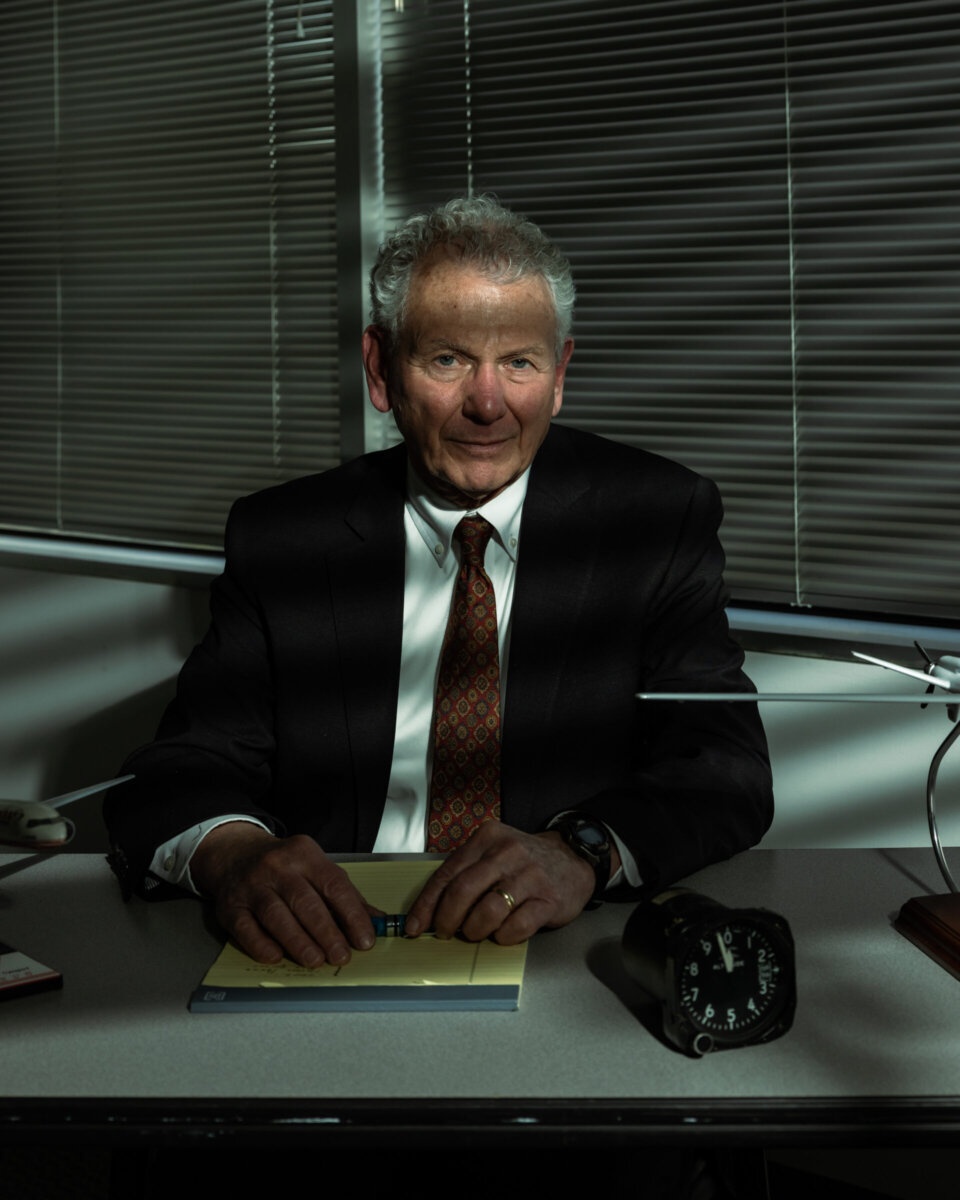
Investigator Thomas Anthony, USC Aviation Safety and Security Program
The Clues
Initially, investigators wanted to know if the aircraft was on fire before it crashed or if the fire occurred because of the crash itself. In analyzing the aircraft, investigators identified a scorched area near the cockpit that followed the movement of air from the front to the back of the plane, indicating that it was on fire while in flight. This also helps explain why the pilot tried to land immediately on the railroad tracks. In looking at the nose of the aircraft, the cowling, or engine cover, had similar scorch and burn marks that indicated the fire likely originated near the engine.
In examining the wreckage, it became clear to investigators that the plane came to a dramatic stop, the engine separating from the aircraft and colliding into a brick structure. It was also evident that the fuel lines had ruptured.
The Hypothesis
While it is natural to develop an initial hypothesis upon first viewing an aircraft wreckage, crash investigators are taught to avoid doing so. The thinking: A hypothesis will lead to bias and may cause an investigator to rule out other possibilities that could be the answer. Instead, investigators are taught to investigate every possible and credible explanation and let the facts lead them to the cause.
The Experiment/Results
After an analysis of the engine, investigators found that a clamp used to hold up an exhaust pipe had malfunctioned. Reviewing the aircraft manual, investigators realized that the wrong replacement nut and bolt had been used to make a repair. The non-standard nut and bolt held the exhaust clamp in place, which ultimately caused it to fail.
This, in turn, caused extreme heat and fire from the exhaust pipe to burn one side of the aircraft, leading flames right into the cockpit. The pilot had no choice but to initiate an emergency landing on the railroad tracks. The aircraft hit a power pole, causing the fuel tank to rupture and burst into flames that consumed a large portion of the plane’s right side. Unfortunately, the pilot died in the crash.
The wreckage was donated to USC’s Aviation Safety and Security Program now in its 70th year, where more than 800 aircraft accident investigators from all over the world have been able to learn about accident investigation using this wreckage.
The Case of the Missing Package
It’s a familiar scene. You’re perched over your mobile device, constantly refreshing the tracking information for an urgent delivery. You shouldn’t have left your shopping so late! But as the hours drag on and the tracker repeatedly claims your beloved nephew’s birthday present is “out for delivery,” your mailbox is still empty. You brace yourself for the side-eyes at tomorrow’s party.
In our age of increasing consumer demand and countless online retailers, how can suppliers ensure that millions of packages make it to us on time? Especially when those deliveries contain critical items such as medication?
By Greta Harrison
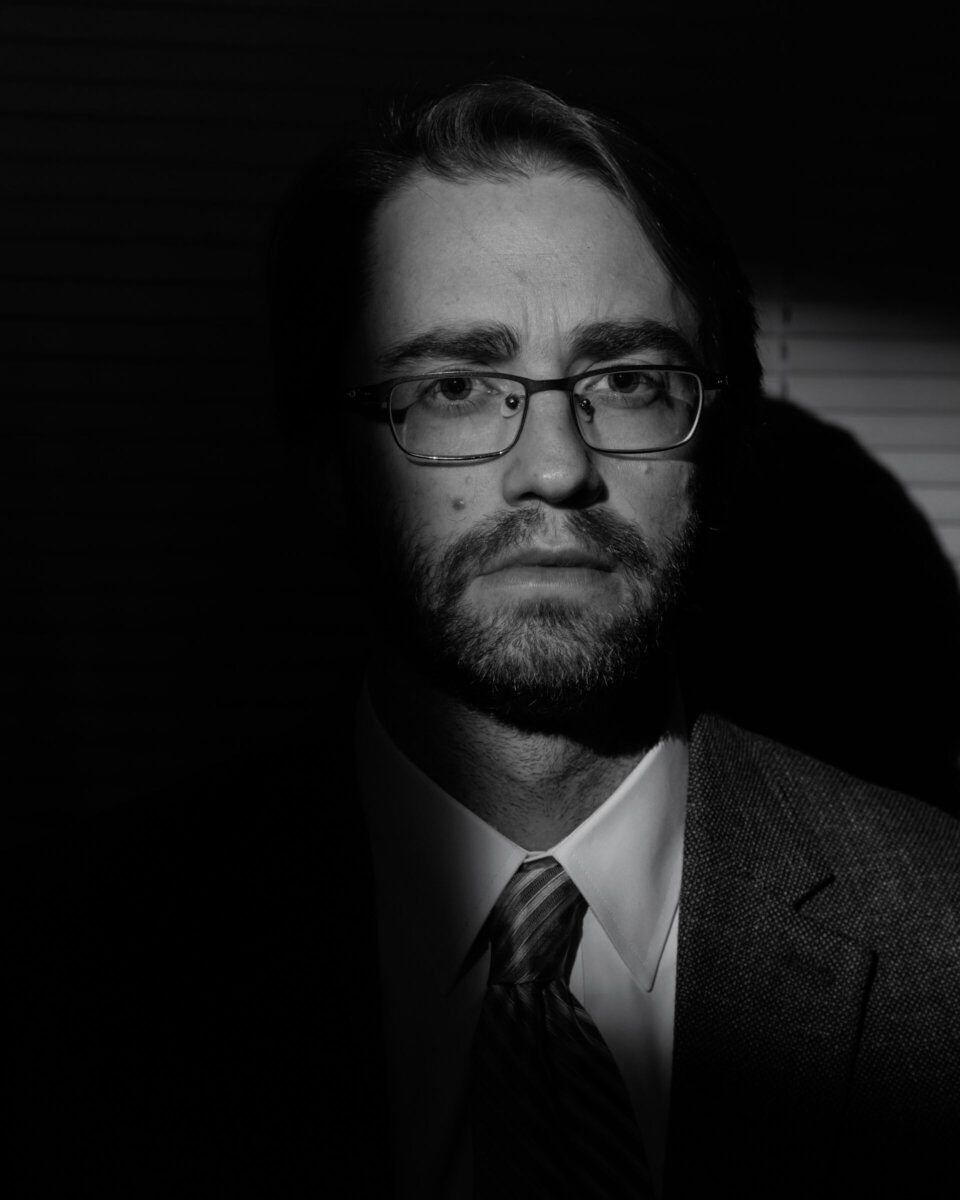
Investigator John Carlsson, Kellner Family Early Career Chair; Associate Professor of Industrial and Systems Engineering
The Clues
Giant automated product warehouses such as those used by Amazon and other suppliers are labyrinthine systems, with products scattered in seemingly baffling configurations: toothbrushes next to sneakers, cookware next to smartphones. It’s a system called “random stow,” and it allows the delivery robots that fulfill orders to pick items in proximity quickly. Algorithms help them find the most efficient path across the warehouse to a drop-off location for processing.
But as demand grows for rapid deliveries — often on the same day or the next day — Carlsson realized that suppliers need even more highly optimized systems to process warehouse orders at a dizzying pace.
The Hypothesis
Carlsson was inspired by the symbiosis in the natural world, where creatures work together for their mutual benefit. Imagine birds sitting atop a hippo, cleaning their lumbering host of bugs and critters. The birds get a meal and a mobile vantage point while the hippo gets a custom grooming service.
“The bird is small and nimble and can work faster, whereas the hippo is large and strong and can carry lots of birds,” Carlsson said.
Carlsson wondered whether this concept could be applied to the frenetic pace of product warehouses or door-to-door deliveries. He imagined a system where small robot “sidekicks” seamlessly darted back and forth from larger delivery vehicles to make warehouses faster or to bring us our food, goods, mail and medicine at lightning speed. He calls it “symbiotic vehicle routing.”
“In a symbiotic system, you could have a big forklift driving around alongside little robots on the ground that carry individual items and drop them where they need to go,” Carlsson said.
While a host vehicle moves at a steady pace, a fleet of ground-based robots or aerial drones could nimbly move individual items between shelves, drop-off points and other host vehicles to speed up processing.
In urban delivery systems, imagine a host delivery truck carrying a group of small helper robots that can swiftly take your packages directly to you, the consumer. No more panicked checking of the delivery tracking site.
The Experiment/Results
Carlsson was recently awarded $200,000 to develop optimization techniques to help bring this hypothesis to life. Toyota’s Raymond Corp. named him as one of just three recipients in its University Research Program.
He designed an algorithm that shows how a symbiotic routing system can save Toyota valuable time. It uses a large host vehicle to move an entire rack shelf while being assisted by a fleet of automated guided vehicle (AGV) “helpers” that pick individual items.
Next Steps
This year, he will conduct field experiments with host vehicles and AGV robots to see if the system works as successfully in practice as the modeling is already demonstrating. Carlsson will harness warehouse data and real-life maps from Toyota to examine how the fleet of ground robots and drones could improve warehouse productivity for the automotive giant.
His research to overhaul productivity for warehouse robots has previously had practical applications for China’s biggest retailer, JD.com. Carlsson and his team developed a method based on the mathematical system of combinatorial optimization, where an optimal solution must be found from a combination of steps and a finite set of solutions.
Carlsson’s system enables JD.com’s warehouse robots to accurately process orders for same-day delivery, reducing storage costs by 50% and allowing the company to process 10 times the usual amount of product.
The Case of the Fake Ukrainian President
How do you know what videos are real in a world of deepfakes — where seeing is no longer believing?
By Julia Cohen
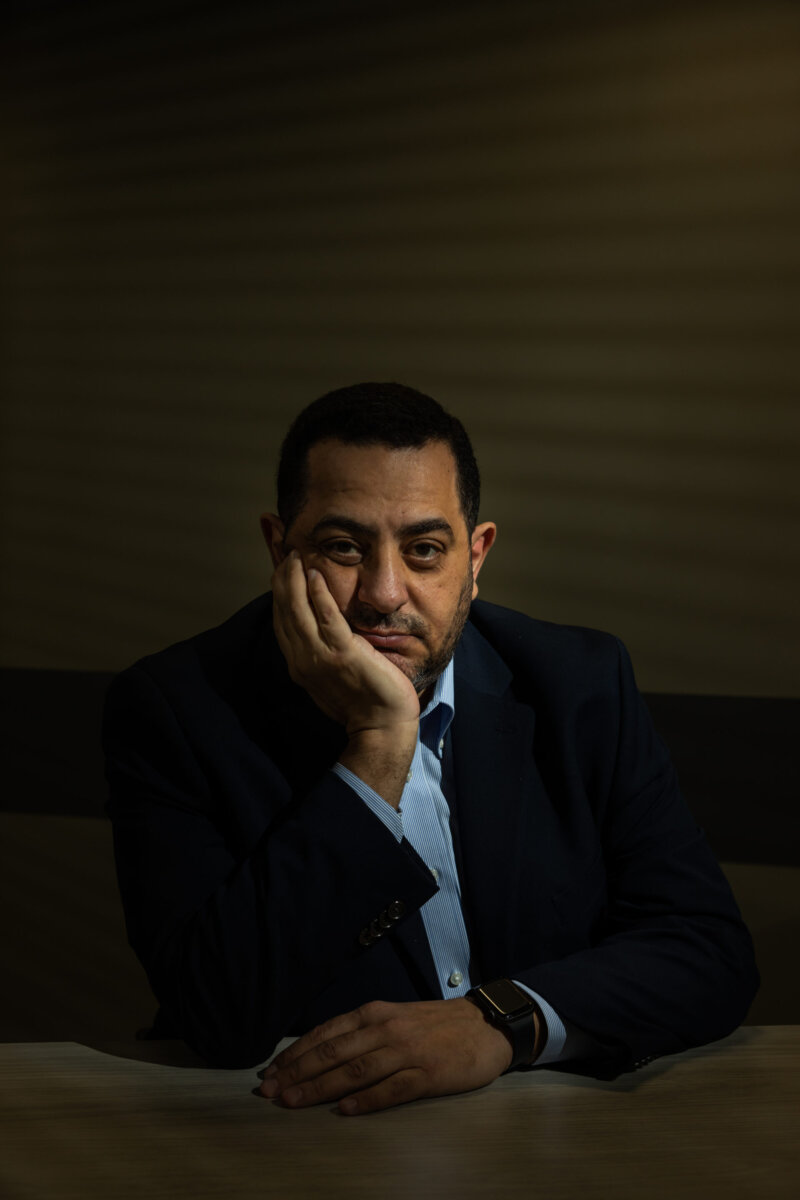
Investigator Wael AbdAlmageed, Research Associate Professor of Electrical and Computer Engineering and Computer Science; Research Director at the USC Information Sciences Institute; Founding Director of the Visual Intelligence and Multimedia Analytics Laboratory (VIMAL)
The Clues
AbdAlmageed knew that deepfakes are created by AI, that AI makes mistakes, and that counter-AI would be the best tool to find those mistakes.
The Hypothesis
Using AI and the vast amount of video data that exists, algorithms can be created to accurately determine the likelihood that a video is fake. AbdAlmageed had the novel idea of treating the deepfake as a coherent piece of information across space and time. Because AI creates a deepfake one frame at a time — essentially creating a video that must look consistent over time — AbdAlmageed hypothesized that this would be crucial in finding the small motion inconsistencies and visual cues not easily seen by human beings that indicate a deepfake.
The Experiments
In 2019, AbdAlmageed and his team trained their initial deepfake detection algorithm on FaceForensics++, a forensics dataset of thousands of videos created using various deepfake methods. They evaluated their method’s accuracy in terms of both false negatives and false positives on videos that the research team had not seen before. False positives are real videos that the method classifies as fake; false negatives are deepfakes that the method classifies as real. The first method developed by the Visual Intelligence and Multimedia Analytics Laboratory (VIMAL) team was 96% accurate.
A second-generation method created in 2020 trained on a much larger database and used an improved algorithm. The team used cross dataset evaluation, training on one dataset and evaluating on another, to achieve a robust deepfake detection method. This second-generation algorithm is 98% to 99% accurate when tested on FaceForensics++.
The Results
Since 2021, the VIMAL team has received videos from across the world for deepfake detection. One high-profile example: In 2022, a heavily manipulated video depicting Volodymyr Zelensky appeared to show the Ukrainian president telling his soldiers to lay down their arms and surrender to Russia. The VIMAL team was able to quickly identify it as a deepfake.



